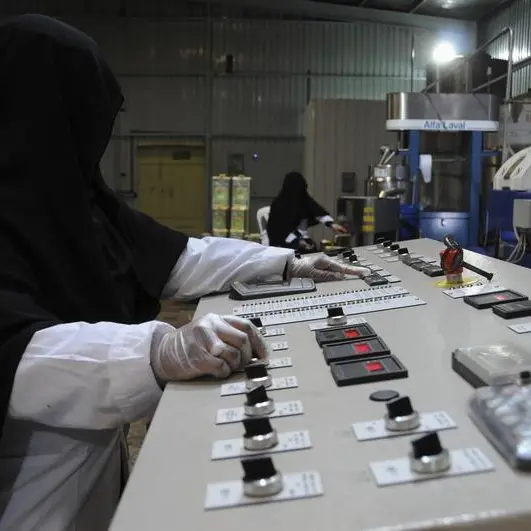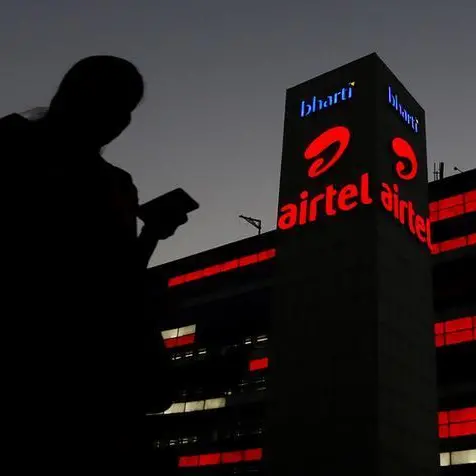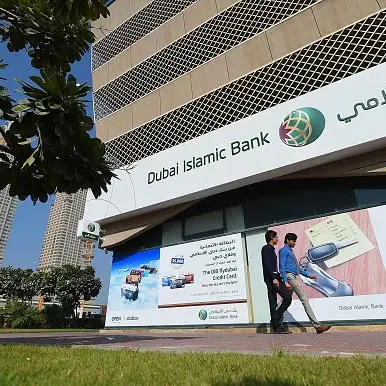PHOTO
By Davide Barbuscia
DUBAI, June 1 (Reuters) - The Gulf's market in international bonds is deepening as foreign investors move beyond sovereign debt to issues from banks and corporations - a shift that could change the way some issuers choose to structure their bonds.
Traditionally, foreign investors in Gulf debt have focused almost entirely on sovereign bonds because of their greater safety and liquidity.
But a surge of sovereign issuance in the past 12 months, as Gulf governments cover budget deficits caused by low oil prices, is changing that pattern. It has put the region on the map for some foreign institutions, making them boost allocations to the six Gulf Cooperation Council states.
Institutions that fail to satisfy their appetite for GCC debt entirely with sovereign bonds look a few notches down the credit rating curve at bank and corporate issuers.
Meanwhile, expanded sovereign issuance has created a complete yield curve for the region, making it easier for banks and companies to price bonds at levels which a range of investors accept.
"This is a market that attracts both investment grade and emerging market investors," said Hani Deaibes, head of Middle East debt capital markets at JPMorgan.
"What is happening is that the large issuances from sovereigns have made this market more relevant to investors. This has increased the interest in corporates and banks from the region. There's more understanding of the market."
In 2016, GCC bond volumes totalled a record $69 billion, more than double the usual level since the mid-2000s, Thomson Reuters data shows. Over $40 billion has been issued so far this year.
Jumbo sovereign deals include Saudi Arabia's $17.5 billion debut international bond last year, the largest issued in emerging markets, plus an $8 billion bond from Kuwait and Saudi Arabia's $9 billion international sukuk, or Islamic bond, this year.
ALLOCATIONS
Allocation statistics for at least one recent Gulf issuer suggest the balance of demand by geography and investor type is changing.
A $750 million senior secured bond issued in May by Kuwait's largest commercial lender, National Bank of Kuwait, was mostly bought by U.S.-based investors. Some 57 percent of the paper went to them, followed by Middle East investors with 26 percent, Europe with 13 percent and Asia with 4 percent.
By contrast, 43 percent of a $700 million bond issued by NBK in 2015 went to Middle East investors; U.S. buyers took only 2 percent.
"From an emerging markets perspective this region has become more relevant, in particular in the U.S., simply by virtue of the sheer volumes issued since last year," said Iman Abdel Khalek, Citigroup's head of regional debt capital markets.
"NBK has been the first bank to take advantage of this. The pricing outcome was exceptional and was a direct outcome of the bid from U.S. investors, who also bought the Kuwait sovereign bond earlier in the year."
Bankers said Oman Electricity Transmission's $500 million bond deal in May, and a $500 million bond issued by Qatari telecommunications company Ooredoo in 2016, also attracted unusually large demand from foreigners after issues by the firms' respective governments.
NBK's bond was its debut dollar issue under the 144A format, which lets a non-U.S. issuer tap the U.S. market without registering on a U.S. exchange.
To exploit higher U.S. investor demand, more 144A issues are likely to occur in the Gulf, said Usman Ahmed, managing director for investments at Dubai's Emirates NBD Asset Management.
GCC issuers have traditionally favoured five-year bonds but some may start looking at seven or 10 years because foreign investors have more appetite for longer maturities.
Apostolos Bantis, head of emerging market credit research at Commerzbank, said the trickle of foreign demand to banks and corporates was a sign of maturity in the GCC market.
"The build-up of the GCC sovereign bond curves is opening the ground for more domestic corporates to come to the markets at more favourable funding terms. While historically local GCC investors were the main buyers of Middle East corporate and bank bonds, the trend is changing."
(Editing by Andrew Torchia and Stephen Powell) ((Davide.Barbuscia@thomsonreuters.com;))












